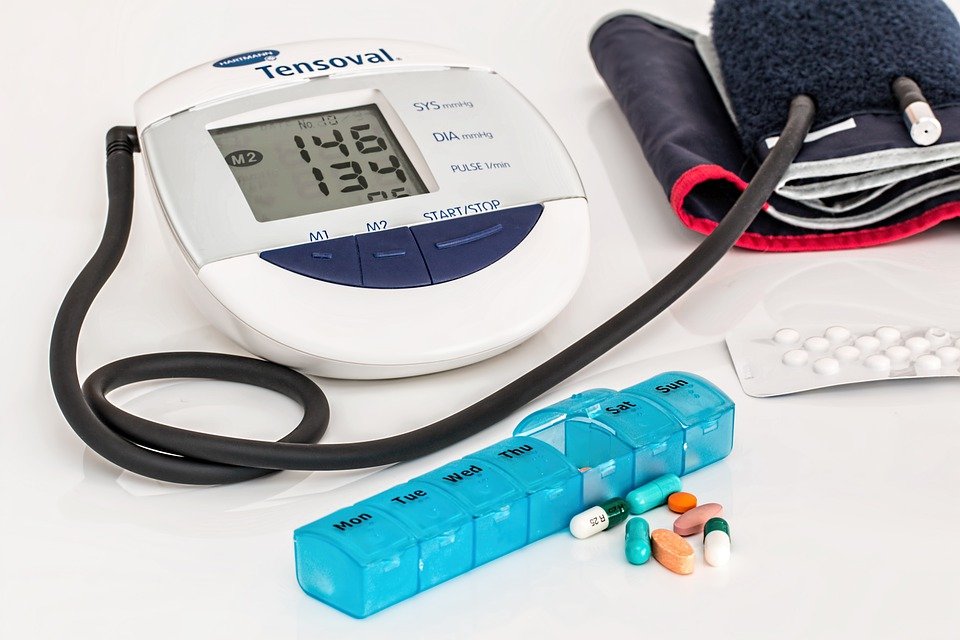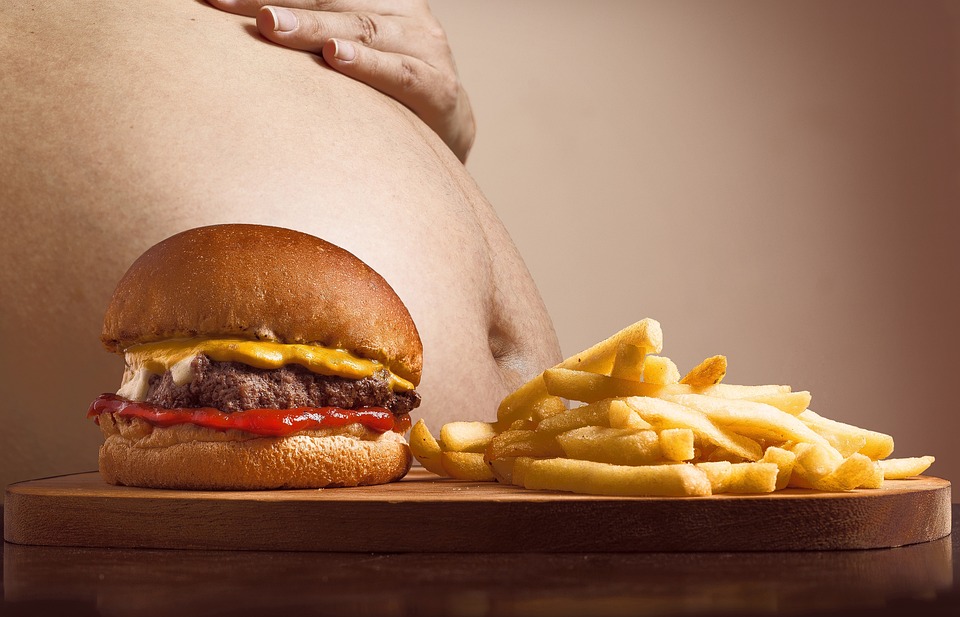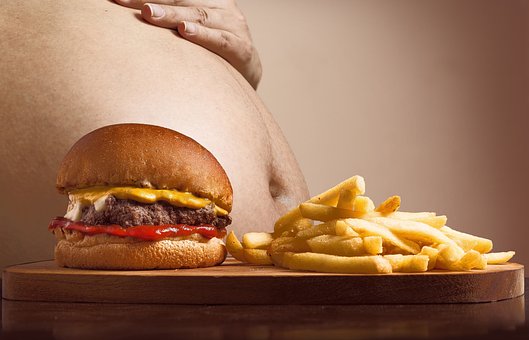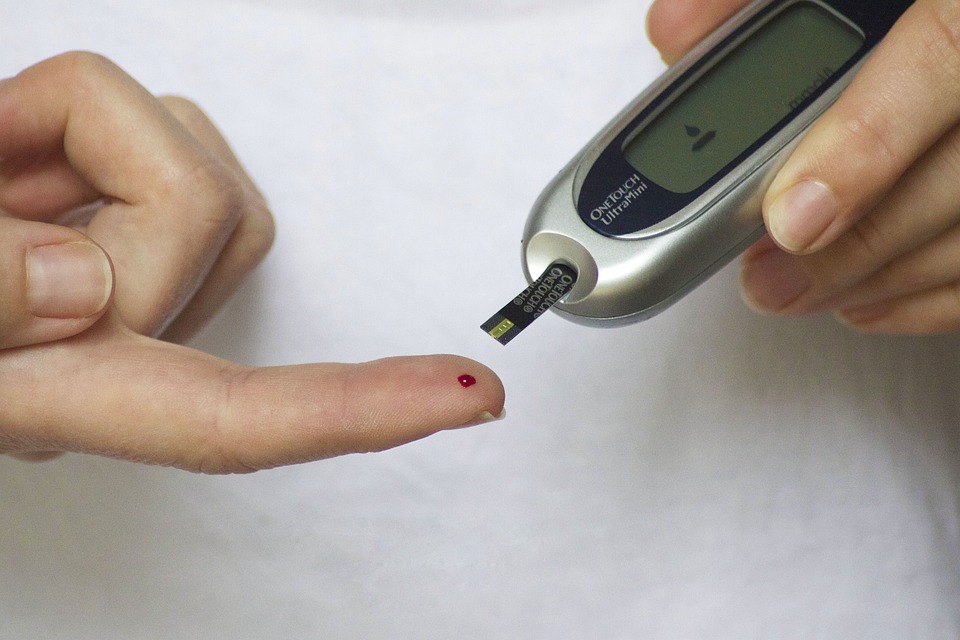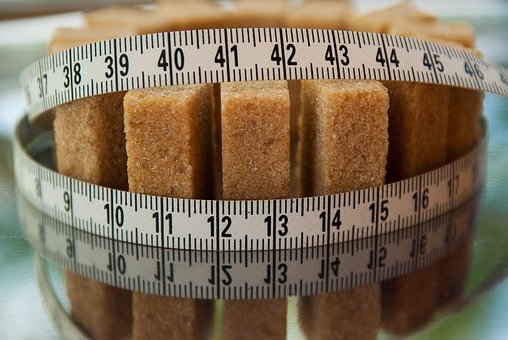
If you are an elderly person that is overweight, it may appear to be the optimum solution to bettering your health would be to shed the extra pounds. After all, being overweight or obese can increase your risk for many health problems, including:
- Type 2 diabetes
- Cardiovascular disease
- Some kinds of cancer
- Hypertension
- Osteoarthritis
Figuring out what would be the perfect weight for elderly individuals is a lot more intricate than merely checking off an existing weight list. If you are curious about what a healthy weight for you may be, it is best to have a discussion with your physician. Taking into consideration all aspects of health, weight loss objectives must be taken into consideration for a senior.
The ways to calculate the perfect weight fluctuate as people age. You could already know about body mass index, also called BMI. Using an online calculator, you can figure out your BMI, which reflects the ratio between your height and weight.
The standard ranges for BMI are:
- Underweight: BMI that is less than 18.5
- Normal weight: BMI between 18.5 and 24.9
- Overweight: BMI between 25 and 29.9
- Obese: BMI over 30
However, many people feel that BMI oversimplifies weight issues. One explanation is that BMI fails to take into consideration that muscle is more compact than fat. A person with more muscle mass may have a higher Body Mass Index than someone who wears the same size clothing and has less muscle. Despite the fact that many professional athletes have high amounts of muscle mass, they may be classified as “obese” according to the Body Mass Index (BMI) chart.
But what does this mean for seniors? An important point to note is that our body composition can often shift as we get older. A report from Tufts University has stated that elderly people often have a condition known as sarcopenia which results in a decline in muscle mass. Body composition is where the amount of fat and muscle measured in a body is taken into consideration. Having less muscle could have a greater effect on your well-being compared to having excess weight. Losing weight is not necessarily a desirable result if it is due to a decrease in muscle mass.
The Tufts University article references research that claims that individuals who are too thin in their senior years are at a greater health risk than those who are overweight. That may sound strange, however, research has found that for people aged 65 and over, those who are overweight tend to have a longer life expectancy than those who are either underweight or of typical weight. (Some doctors call this the “obesity paradox.”)
That implies that our ideal Body Mass Index increases as we get older. Due to this, certain medical specialists have proposed that an individualized chart titled “BMI for Older Adults” should be implemented, containing slightly above-average figures. A BMI in the range of 25 to 27 would typically be considered “normal” for seniors.
The objectives you wish to achieve in terms of losing weight will be based on your particular health conditions. For illustration, men over 50 with diabetes may need to achieve a lesser weight than other men their age. A weight chart suitable for females aged over 50 who have not gone through menopause may diverge from one composed for females over the same age, as the hormonal shifts associated with menopause can trigger changes in one’s body composition.
Rather than simply trying to attain a lower number on the scale, it may be better for your health to concentrate on your muscle-to-fat ratio and the location of fat on your body.
Why is the location of excess fat important? Typically, individuals will accumulate fat in either the region of their abdomen or in the lower area of their hips. Fat that is stored above the hips presents a greater risk for:
- Heart disease
- Stroke
- Diabetes
- Insulin resistance
- Alzheimer’s disease
Waist measurement is often seen as a good indicator of overall health due to the risks that come with having belly fat. Rather than utilizing an age-related weight table to evaluate if you require to slim down, you could calculate your waist-to-hip ratio and review the outcome with your physician.
If you are concentrating on achieving a “perfect” weight, you may be setting yourself up for failure. Rather than focusing on reducing your BMI, studies indicate that your attention should be devoted to eating for your individual well-being and keeping up muscle condition and bone vigor. It is essential to collaborate with your medical practitioner in order to develop tailored objectives and strategies that will be suitable for your own needs.
Outsmarting the Aging Process
The positive side is that by incorporating a few alterations in your lifestyle, your metabolism can be increased after the age of fifty. And your wellness will be improved through the implementation of these routines. Check out these tips to see how you can “trick” your body into having a faster metabolism:
1. Take up strength training.
Keeping our muscles in shape is one of the best ways to increase our caloric burn. Working out with weights can assist elderly individuals in raising their basal metabolic rate.
Strength training is also good for losing the belly. A study featured in the Journal of Obesity established that, when it comes to health benefits, older adults get the most benefit if they shed pounds from their abdominal area. Strength training can potentially lead to fat loss in your abdominal area, even if you aren’t specifically targeting that area.
Strength training doesn’t have to scare you or take up a lot of your time. Discuss with your physician developing a program that is suitable for you if you are not engaged in weightlifting (or any other form of muscle-building activities, such as yoga). The National Institute on Aging has a great brochure that displays some straightforward activities for elderly people that can serve as a great beginning.
Do not forget that it is never too late to strengthen your muscles. You can strengthen your muscles after the age of 50 by utilizing strength-training activities. It is conceivable to have strong muscles even when in your nineties.
2. Get enough sleep.
Seniors often struggle to get enough sleep. Not getting enough sleep can have detrimental effects on your metabolism. An investigation into the International Journal of Obesity found that a lack of sleep may cause elderly people to be more likely to be overweight.
3. Eat more fruits and vegetables
To shed pounds, an option is to consume fewer calories than what you use up. Rather than emphasizing which foods we should reduce our intake of, let’s discuss what nutrients and items we should be consuming in larger quantities. First up, fruits and vegetables. According to some analysis completed at Harvard, those who upped their consumption of fruits and veggies experienced weight loss, particularly if they ingested more raspberries, apples, pears, soybean, or cauliflower. Excess calories are minimal in both fruits and vegetables but they are full of essential nutrients and minerals that are necessary as you grow older, like fiber. According to Tucker, fiber can keep you feeling full throughout the day.
She suggests covering at least half of your plate with vegetables at each meal. It’s a good idea to store frozen vegetables in your freezer so you never run out; another notable method could be freezing extra veggies yourself. To make salads more exciting, you could add olives, cheese, or even pulverized oranges. Have a look at our ideal breakfast salads—yes, really breakfast salads—if you need more ideas (a morning dish of sweet potato, spinach, and an egg is certainly appropriate!). Holly F. Dr. Lofton, the head of the Medical Weight Management Program at NYU Langone Health, suggests selecting vegetables that are simple to prepare. She mentions asparagus and broccoli as examples of vegetables that can be easily washed, cooked, and consumed. You certainly don’t have to prepare baby carrots.
4. Befriend your bathroom scale
Measure your weight in the morning so that you are aware straight away if the number is increasing rather than going down. If you gain a couple of pounds and take notice of it soon, you will be able to shed them fairly quickly. However, if you permit the gain to stay, your body will be reset for a greater weight and it will become more difficult to lose due to increased cravings, as Tucker states. If you are over the age of 50 and trying to lose weight, it is important to act quickly to compensate for any weight gain. Learn more about the benefits of weighing yourself daily.
5. Stop drinking sugar
Sugary snacks and sodas provide calories–take the 150 calories in a can of Pepsi for instance–but do not fill the appetite, which males aged 50+ have got the idea by now. “A soda goes down quickly,” says Mittendorfer. “Eat the equivalent in a salad, and you’ll stay full longer.” (You’d have to eat more kale than you can stomach to hit 150 calories.) Among the benefits: People who stop drinking soda and other sugar-sweetened beverages gain less weight over time than those who do, a study review from Australia suggests. Dr. Lofton emphasizes that even healthy beverages like smoothies and juices may contain significant levels of sugar. Rather than opting for juice, it is preferable to have the whole piece of fruit. Of course, there are exceptions such as healthy weight loss smoothies, which still need to be planned for.
6. Discover a new way to eat
Think of the amount of food you eat in a different way: Kristin Kirkpatrick, Registered Dietitian Nutritionist and consultant for integrative and lifestyle medicine at Cleveland Clinic, encourages her clients to end their meals when they do not feel hungry any longer. It’s not the same when you’ve had enough. This could be a major change.
7. Swap junky snacks for nuts
Using nuts as your primary snack could help prevent unwanted weight gain associated with aging, based on a study conducted by Harvard. Deirdre K Tobias, Sc.D., an associate epidemiologist at Brigham and Women’s Hospital and an assistant professor at Harvard Medical School, declared that usually, adults tend to accumulate weight with time. People who incorporated nuts into their diet experienced less gradual weight gain in the long term, as well as a lower chance of becoming obese. Each half serving of nuts consumed daily resulted in a lower weight gain over the course of four years and a decreased likelihood of obesity after 20 to 24 years. If you are an enthusiast for nuts and cannot limit yourself to having just a bit, then this isn’t for you.
8. Opt for whole grains
Oats, barley, quinoa—they’re all good. Research conducted by Tufts University found that when individuals aged between 40 and 65 consumed whole grains versus processed grains, such as white bread, they had a greater metabolism and excreted more fats through bowel movements. Whole grains have fiber that may help foster a wide array of bacteria in your gut and support your metabolism.
If you don’t fancy the taste of whole grains, experiment with different varieties of whole-grain bread, pasta, rice, and more until you find something that you like. According to Susan B., the best approach to developing a preference for new food is to consume it when feeling hungry. Roberts, who holds a Ph.D., is in charge of the Energy Metabolism Laboratory of the Jean Mayer USDA Human Nutrition Research Center on Aging at Tufts University. You don’t need to eat massive amounts immediately, but your appetite will quicken, causing a shift in your flavor preferences so that the more intense taste will become something you love.
9. Try intermittent fasting
Instead of snacking randomly all day, intermittent fasting involves concentrating on eating during a specific window of time. This naturally reduces the quantity of food you consume, and some clinicians believe no-food windows can be advantageous to your well-being as well.
Begin by abstaining from food for a period of eight to nine hours, counting time spent asleep. From eight in the evening to six in the morning, abstain from food. Simple enough, right? Afterward, work on increasing the time you go without eating until you reach 12 hours. Anton states that a handful of his family members and close male friends who have tried intermittent fasting have given glowing reports regarding its advantages, such as losing abdominal fat and raising one’s energy levels. It might not be suitable for everyone to follow this kind of dietary plan, so talk to your doctor before doing so.
Conclusion
As you get older, muscle’s composition begins to transform, shifting from chiefly muscle fibers to consisting of both fat and muscle within the muscle cell, according to Stephen Anton, Ph.D., head of the Division of Clinical Research at the University of Florida College of Medicine’s Department of Aging and Geriatric Research. He claims that after the age of fifty, fat infiltrates the muscles more quicker. The result? You may feel more easily fatigued. Your metabolic rate begins to decrease, causing you to lose muscle, which then makes it more difficult to avoid gaining fat. It has been determined that a 50-year-old male requires significantly fewer calories per day than a similarly weighted 20-year-old man. This calculation was done by Steven Heymsfield, M.D., of the Pennington Biomedical Research Center. He warned that if no steps were taken, then there would be a tendency for someone’s weight to increase.
You can certainly still slim down after fifty (or beyond); however, you have to make a more conscious attempt to achieve it than before. Deliberate, yes. Impossibly hard? Not at all.

